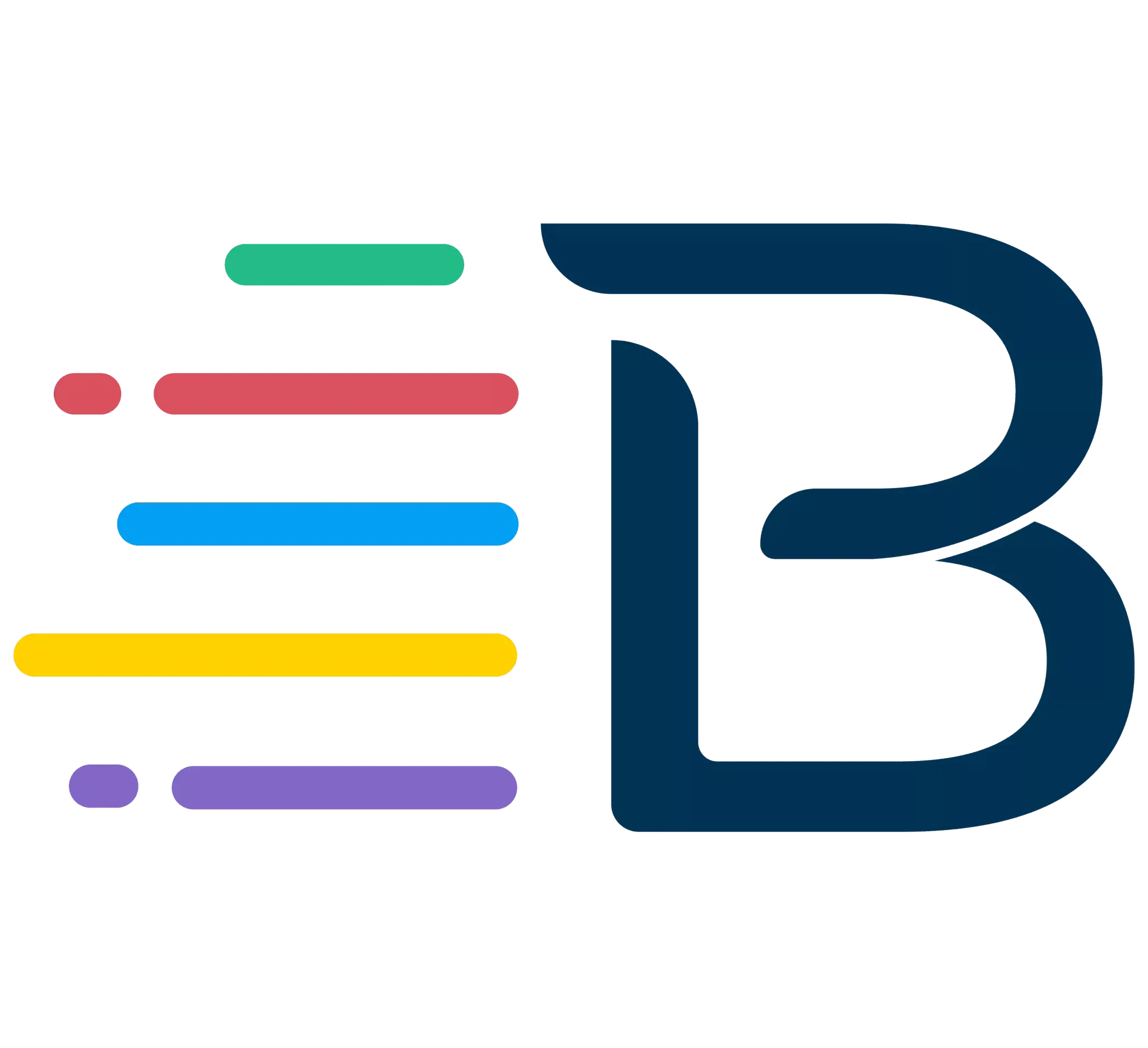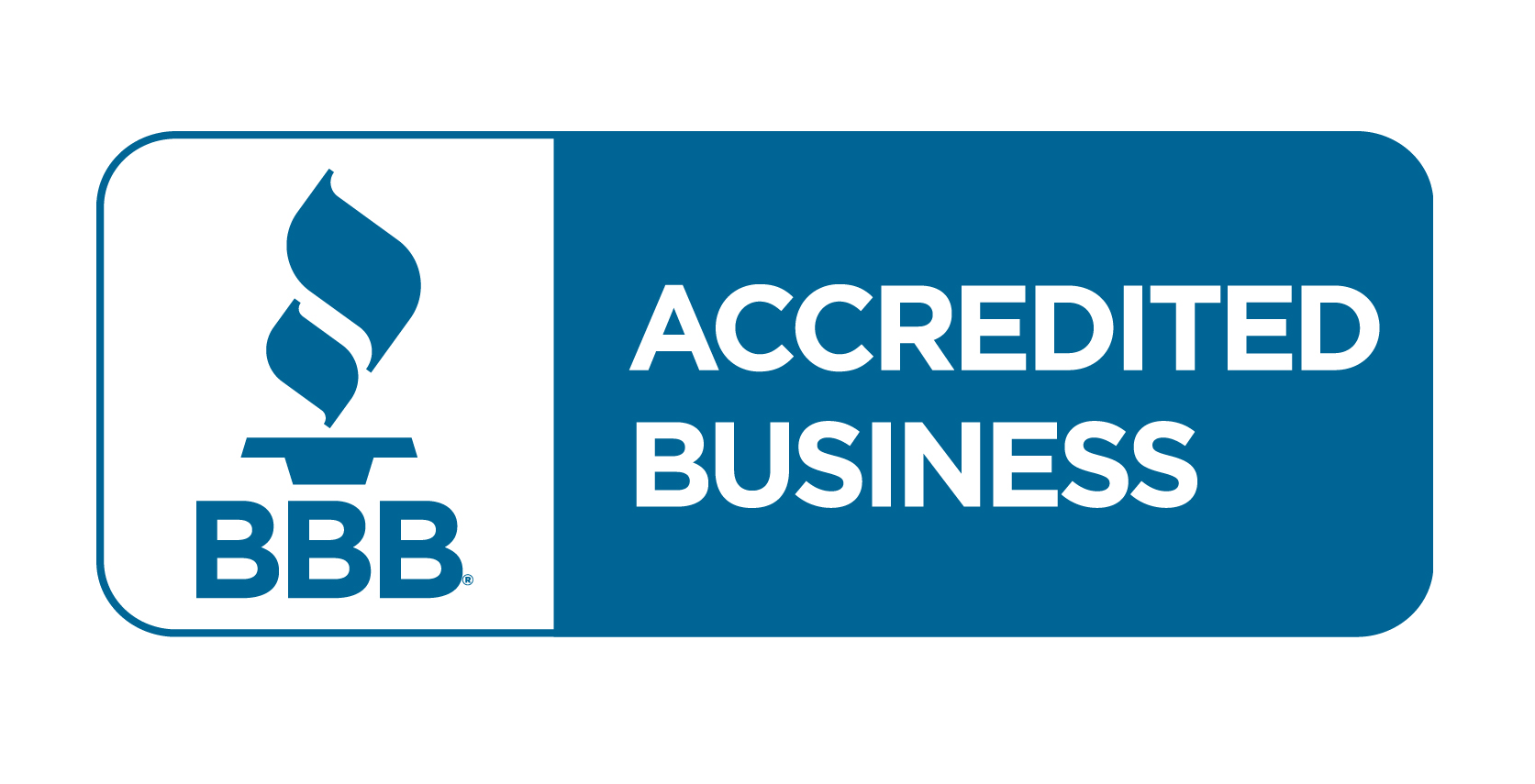GUIDES
The Importance of Debt to Businesses: Healthy and Helpful
Debt is often talked about as something that is bound to negatively affect a company or at least temporarily slow its growth. As a result, people tend to avoid debt completely.
January 22, 2021

This association easily leads people to believe that a business without debt is healthier than a business with debt; however, the opposite is true. When a business is able to take on and manage debt, it can become healthier altogether.
Isn’t Debt Bad?
This concept of “healthy debt” may be hard to grasp at first. You may be thinking, why would owing money be better than owing no money at all? A way to tackle this question is with an opportunistic point of view. For example, in order to start a new project, you will need to dedicate a certain amount of money towards the process behind the project. As you develop this project to the point of final production, you will continuously spend money without earning any back. This is where the “bad” connotation of debt comes from: spending money you don’t have just seems too risky. And, yes, spending excessively is not a healthy habit. However, this project’s debt must be weighed with the outcome of this project’s profit. By investing into an opportunity, your project “debt” can turn into revenue. It is crucial to remember that in order for a project to succeed and become profitable, you must first invest into it.
If your opportunity cost, what you could have earned from the opportunity, is greater than your debt plus the cost of acquiring debt, you should use the debt to leverage your business growth. You have to make the switch from the “debt” mindset to the “leverage” mindset.
What is the “Leverage” Mindset?
When handling debt, remember that this step can help propel your business forward. When starting a new construction project, ask yourself guiding questions:
- How much money do I need to dedicate to this project?
- What is the projected value of this project?
- Will the opportunity cost be greater than the cost of taking out and managing the project debt?
The Two Sides of Debt
Although we encourage using debt to grow your business, at times the idea of healthy debt can be misused. Oftentimes, people and businesses don’t use debt as leverage, but rather as a way to cover up for poor financial management. This can be evident in using debt to pay expenses your business is unable to pay. But, in the long run, those expenses will not drive any growth or produce any positive outcome, only leading to massive debt and a snowball effect. In order to avoid this, it’s important to do some financial planning. Don’t be scared to take on these steps and some risk, because, with just some financial planning, you can help your business in numerous ways!
Financial Planning for Healthy Debt
By just understanding your current situation and the expected growth (i.e. the expected revenue over time) from the opportunity you are investing in, you can decide if taking on a loan and debt is the smartest choice. If the expected revenue exceeds the value of and cost of acquiring the debt, then it’s healthy.
Remember to consider:
- When you take a loan, you are taking on both the amount of the loan and also the cost of acquiring it: this is your actual, total loan debt
- The cost of acquiring the loan is your interests (not the interest rates, but the actual interests). This is essentially how much money you will have to pay back in total minus the money you are loaned. The difference between how much you have to pay back and how much you are loaned is your total cost of acquiring the debt
- An important variable to keep in mind is time. Remember that you have to receive the value of your expected growth before you can start paying off the debt. If not, you will most likely end up financing the payment with more and more of your debt (i.e. you will begin to experience the consequences of the snowball effect).
- Loan terms often require debts to be paid in installments, giving flexibility for gradual growth. Again, make sure your growth comes before your payment deadline.
- It is okay to use debt for emergencies. Although we encourage you to prepare for emergencies, organizations sometimes find themselves in urgent situations where they need cash flow immediately. This can occur for many reasons, such as accidents, bureaucratic delays in payments, unplanned circumstances, or a company’s unexpected needs. If the stability of your business is at risk and there’s the certainty that the business can recover even if the loan does not drive growth, then the loan is healthy.
What are Examples of Healthy Loan Leverage?
Loans can play a large, helpful role when you are taking on more construction projects while awaiting payments from completed or in-progress projects. This leverage mindset allows you to see starting new construction projects as investing in the future of your business.
Sign up for BlueTape financing for building materials and to take on more projects by leveraging healthy debt.
Copyright 2024 © BlueTape. All rights reserved.
Copyright 2025 © BlueTape. All rights reserved.








